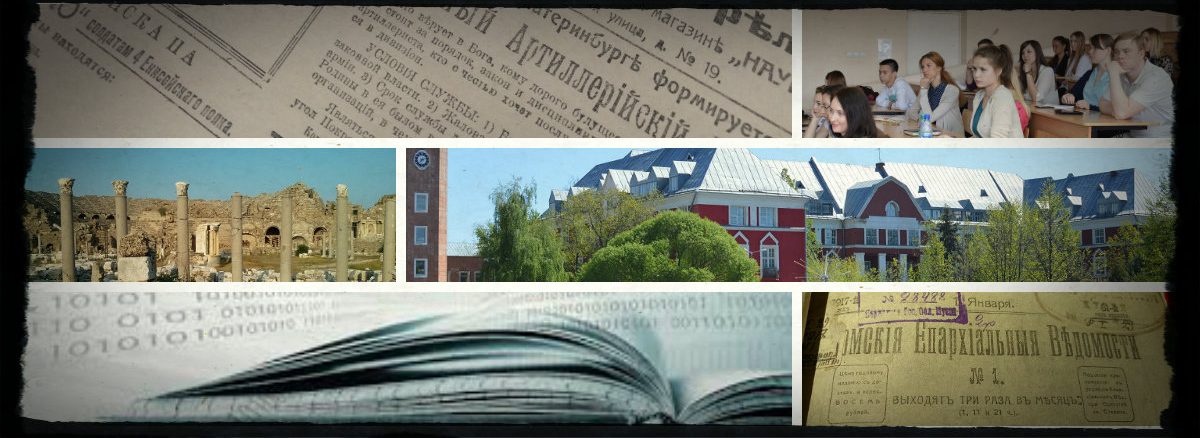Город: Токио
Художественный музей Фудзи (Fuji Art Museum) Tokyo, Japan
When Tokyo Fuji Art Museum (TFAM) opened its doors to the public for the first time in November 1983, it did so in stellar fashion: “Masterpieces of French Art,” the grand opening exhibition featuring renowned French paintings from the collections of eight of France’s finest museums, including the Louvre and Versailles Museum of the History of France. That a private museum without any previous achievement or contribution could organize the showing of such an impressive array of works defied convention.
The man who was instrumental to the successful exhibition was René Huyghe (1906-97), the acclaimed French art historian who is credited with saving the Mona Lisa and other national treasures from Nazi looters in World War II.
In 1974, Huyghe accompanied Leonardo Da Vinci’s masterpiece for a showing in Japan, where he met with Daisaku Ikeda,
a Buddhist philosopher, writer, poet and peacebuilder who would found TFAM nine years later.
Huyghe came away impressed by Ikeda’s belief that the finest works of art should be shared and appreciated by as many people as possible, and the two developed a strong friendship that would culminate in numerous collaborations that included the publishing of their dialogue, Dawn After Dark.
It was Huyghe who persuaded many of the most prestigious museums in France to provide their collected works for TFAM’s grand opening exhibition. And through his assistance, Ikeda’s aspirations to inspire people of the world through appreciation of art and uniting them through exchange of culture began to assume tangible shape.
TFAM took two years to complete, with preparations initiated in 1981 and construction begun in November that year.
Premier works of art strike and stir our hearts. And because art draws upon and reflects the very essence of the human soul, it bonds us on a profound level. TFAM has actively striven to present the world’s finest artwork both in Japan and abroad, introducing through innovative perspectives special exhibitions promoting the international exchange of culture.
Our commitment to create bridges to the world through the arts and culture remains as firm as ever, a mission embraced since TFAM’s founding that will continue with even greater vigor in the decades ahead.
The Tokyo National Museum
The Tokyo National Museum collects, houses, and displays a comprehensive collection of art works and antiquities from Japan as well as other Asian countries. The museum also conducts research and investigations concerning its collection of books, rubbings, and photographs, related to fine art, and makes these items available to scholars.
National Archives of Japan
National Archives of Japan, Incorporated Administrative Agency, is an organization dedicated to preserving government documents and records of historical importance originated from various governmental organizations and securing their access to the public through various services such as reading room facilities and exhibitions.
National Archives of Japan was established in July 1971 as an organization attached to the Prime Minister's Office (presently the Cabinet Office). As a result of the administrative reform of the government, it made a new start as an incorporated administrative agency in April 2001.
Since then, National Archives of Japan has been striving for initiative and good performance. We have set new goals and put first priority on ensuring high quality services to the public through efficient and flexible administrations. As one of important means to attain our goals, we build this website to be user-friendly and comprehensive so that all of you have easy access to our Archives.
From April 2005, the digital archive system in this website has provided catalog data of our holdings as well as high-resolution pictures of them including the materials designated as the Important Cultural Properties of Japan. This digital archive system enables prompt, easy, and secure access to our invaluable holdings for anyone, from anywhere, and at anytime, with no charge.
Also the Japan Center for Asian Historical Records (JACAR), one of the indispensable organizations of our institution, provides a digital database of vast historical records concerning modern Japan and its relations with the Asian countries through the Internet. Fortunately, the database receives internationally high praise for its coverage and contents.
Источник описания:National Archives of Japan
